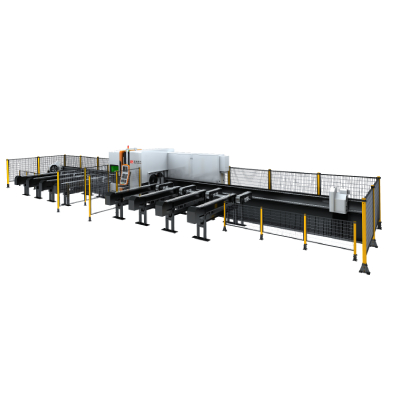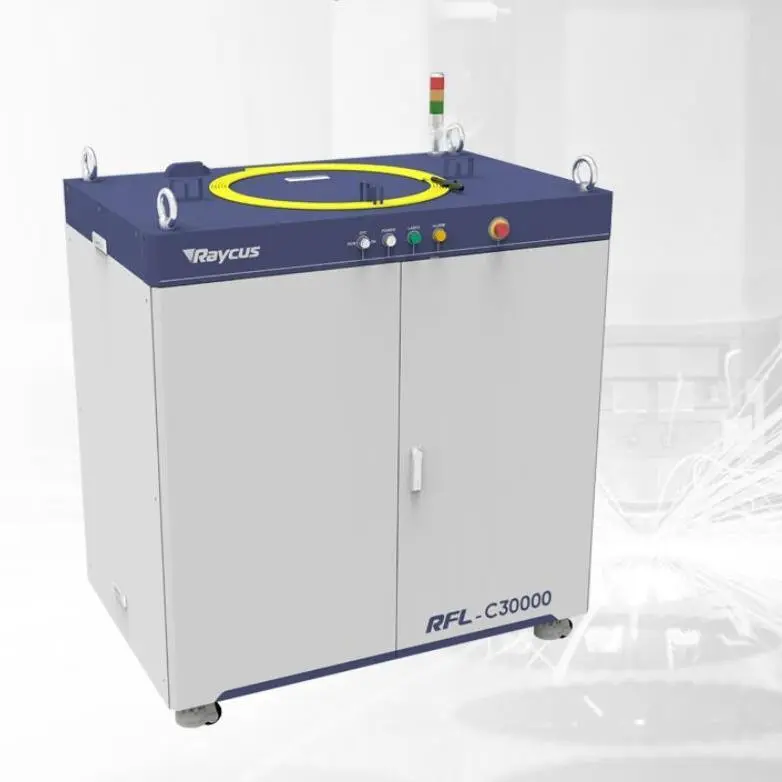****
In today’s fast-paced manufacturing environment, the need for precision, efficiency, and versatility has never been more pronounced. Among the standout technologies revolutionizing this field is the CNC fiber metal laser cutter. This innovative machine combines cutting-edge technology with advanced engineering to deliver results that significantly enhance productivity across various industrial sectors. In this article, we will delve into the workings of CNC fiber metal laser cutters, their advantages, and their applications in modern manufacturing.
Understanding CNC Fiber Metal Laser Cutters
CNC stands for Computer Numerical Control, and when paired with fiber laser technology, it allows for high levels of automation and precision cutting. A CNC fiber metal laser cutter operates by focusing a highly concentrated beam of light onto a metal surface. This laser beam, generated from optical fibers, produces incredible heat that melts or vaporizes the material. The movement of the cutter is controlled by a computerized system, which precisely directs the laser to create intricate shapes and designs, all while ensuring repeatability and accuracy.
One of the distinguishing features of fiber laser technology is its efficiency and effectiveness with various types of metals, including steel, aluminum, brass, and copper. Unlike traditional laser systems, fiber lasers can achieve much higher power densities, reducing cutting times and improving the overall quality of the cut. The result? A seamless, burr-free finish that often requires little to no post-processing.
Advantages of CNC Fiber Metal Laser Cutters

Unlocking Precision and Efficiency: The Role of CNC Fiber Metal Laser Cutters in Modern Manufacturing Processes
1. **High Precision Cutting**: CNC fiber metal laser cutters are known for their unparalleled precision. These machines can execute cuts as fine as 0.1 mm, allowing manufacturers to create complex designs and intricate geometries that would be impossible with conventional cutting methods.
2. **Enhanced Speed and Efficiency**: The speed at which fiber laser cutters operate significantly reduces cycle times. Manufacturers can expect to achieve higher output without sacrificing quality, which translates into lower production costs per unit.
3. **Versatility in Material Handling**: One of the major advantages of fiber laser technology is its adaptability to cutting a wide variety of metals. Whether it’s thin sheets or thick plates, this technology can efficiently handle different material types and thicknesses, making it ideal for diverse industrial applications.
4. **Reduced Maintenance Costs**: Unlike other laser cutting machines, fiber lasers have fewer moving parts and do not require regular adjustments or replacements of consumables, such as resonators or mirrors. This leads to lower maintenance costs and increased machine uptime.
5. **Environmental Benefits**: CNC fiber metal laser cutters consume less energy compared to traditional cutting machines, which is a significant advantage from an environmental perspective. Their precise cutting reduces waste, contributing to more sustainable manufacturing practices.
Applications in Modern Manufacturing
CNC fiber metal laser cutters have made profound impacts across numerous sectors, including automotive, aerospace, electronics, and metal fabrication.

Unlocking Precision and Efficiency: The Role of CNC Fiber Metal Laser Cutters in Modern Manufacturing Processes
– **Automotive Industry**: These laser cutters are employed to create intricate designs for body panels, brackets, and various components. Their capability to cut various metals precisely makes them essential in developing lightweight and strong automotive structures.

Unlocking Precision and Efficiency: The Role of CNC Fiber Metal Laser Cutters in Modern Manufacturing Processes
– **Aerospace Manufacturing**: Precision is critical in aerospace, as components must meet stringent safety and performance standards. CNC fiber metal laser cutters provide the accuracy needed for fabricating essential components, including wing structures and engine parts.
– **Electronics**: In the electronics sector, fiber laser technology is used to cut delicate and intricate components, such as connectors and circuit boards. The precision of the cuts minimizes waste and produces parts that meet strict regulatory requirements.
– **Metal Fabrication**: CNC cutters are widely used in metal fabrication shops for producing parts for various industries. Their efficiency allows fabricators to meet the high demand for custom parts quickly while maintaining high-quality standards.
Conclusion
CNC fiber metal laser cutters represent a significant advancement in cutting technology, blending precision and efficiency with versatility and eco-friendliness. As industries continue to evolve and embrace technological advancements, the impact of CNC fiber metal laser cutters will only grow, solidifying their role as indispensable tools in the manufacturing landscape. By leveraging the capabilities of these machines, manufacturers can not only enhance productivity but also maintain competitive advantage in today’s challenging market. Cnc Fiber Laser Cutting



